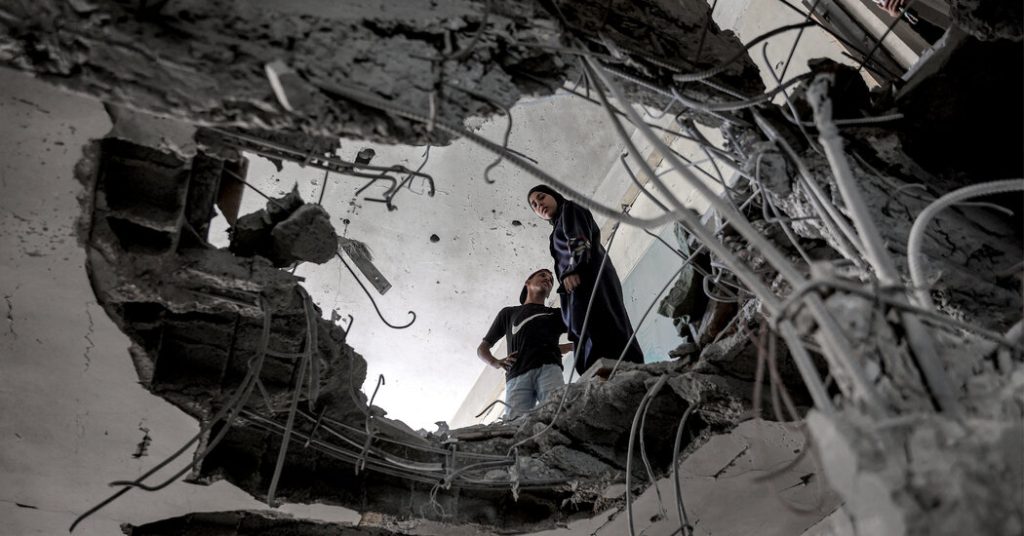Israeli officials and Hamas are in Cairo to resume talks on a cease-fire proposal for Gaza. While Hamas claims to have accepted the terms presented by Arab mediators, Israeli officials disagree. Prime Minister Benjamin Netanyahu stated that the proposal accepted by Hamas does not meet Israel’s core demands. The key difference between the two proposals lies in the interpretation of “sustainable calm.” Israel’s proposal leaves this term open to interpretation, while Hamas defines it as a permanent cessation of hostilities and complete Israeli withdrawal from Gaza.
Another sticking point in the negotiations is the handling of hostage releases. Under the proposed agreement, the first phase would involve a six-week pause in fighting and the exchange of hundreds of Palestinian prisoners for 33 vulnerable hostages held in Gaza. Hamas surprised Israeli negotiators by revealing that some of the 33 hostages to be released in the first phase have died, and their remains will be part of the exchange. Additionally, Hamas has suggested a gradual release schedule that would prolong negotiations over the second phase of the deal.
Israel had initially agreed to have a veto over the release of certain Palestinian prisoners serving life sentences, but Hamas’s approved proposal eliminates this Israeli right. The Israeli government’s start of a ground operation in Rafah was seen as a tactic to pressure Hamas to soften its negotiating stance. Despite the ongoing tensions, White House spokesman John F. Kirby expressed optimism that the two sides can overcome their differences and reach a cease-fire agreement in Cairo.
The negotiations between Israel and Hamas have revealed significant disagreements over fundamental issues such as the definition of “sustainable calm” and the handling of hostage releases. While both sides have expressed willingness to engage in dialogue, there is a discernible gap in their positions regarding the terms of a potential cease-fire agreement. Israel’s insistence on maintaining leverage throughout the negotiation process and Hamas’s push for a permanent cease-fire underline the complexity of reaching a mutually acceptable resolution.
The proposed agreement involves a phased approach to addressing the conflict in Gaza, with the first phase focusing on a temporary halt to hostilities and the release of hostages. However, logistical challenges and differing interpretations of key terms continue to impede progress in the negotiations. The differing approaches to handling prisoner releases and the Israeli government’s concerns about losing bargaining power make it challenging to find common ground on critical issues.
As both sides convene in Cairo for continued discussions, the role of external mediators, such as the United States, remains crucial in fostering a constructive dialogue. Despite the remaining gaps in their positions, there is optimism that a cease-fire agreement can be reached to halt the violence in Gaza. The White House’s encouragement for the two parties to overcome their differences underscores the importance of diplomacy and negotiation in resolving the conflict. Ultimately, achieving a sustainable and lasting calm in Gaza will require compromise and a willingness to address the core concerns of both Israel and Hamas.


